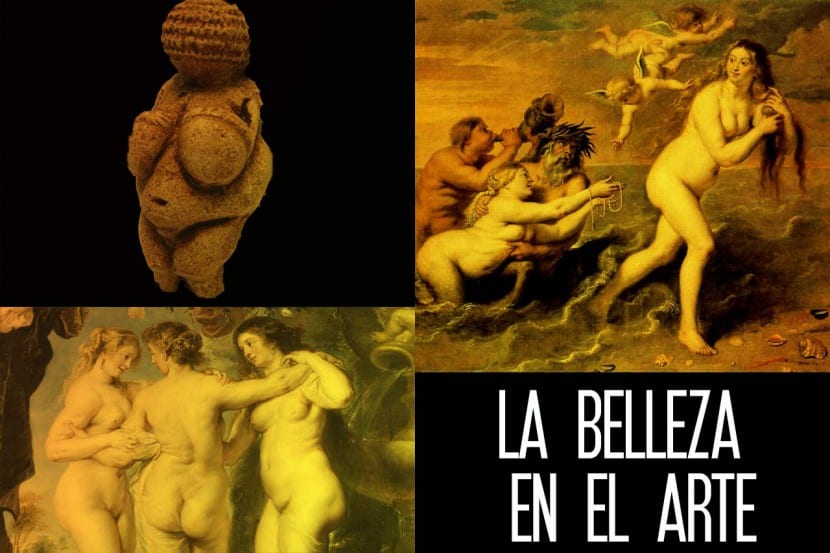
The way in which beauty has been viewed, treated and represented has varied greatly throughout history. The canons and the social reference of this concept has been changing considerably. We all know that beauty is something relativeBut why is it conceived at one point in time in one way and at another point in another? This is due to the prevailing beliefs of the available knowledge and of course to the dominant artistic tendencies.
Prehistory:
At this time men preferred women with large breasts and wide hips, this was strictly related to the concept of fertility. It was thought that a plump woman with wide hips and abundant breasts would have a greater ability to give birth and raise healthy and strong children. The ideal of beauty was that of a large and voluptuous woman.
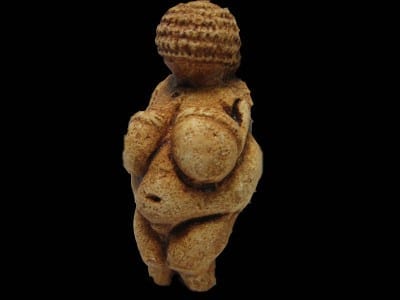
Renaissance (XNUMXth - XNUMXth centuries):
To understand how the ideal of beauty was conceived, we only have to look at the paintings of the time (Boticceli's Spring, Da Vinci's La monalisa, for example). The women had quite rounded bodies, thin hands and feet, small and firm breasts, white skin and rosy cheeks, long blonde hair next to a clear forehead with light eyes.
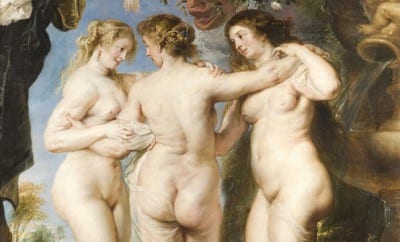
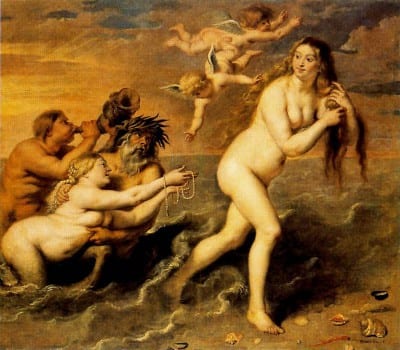
Baroque (XNUMXth - XNUMXth centuries)
Makeup makes its foray into the world of aesthetics. Larger bodies began to be used to embody beauty with inordinately wide hips along with an extremely narrow waist that was crowned by more prominent breasts enhanced by the use of corsets.
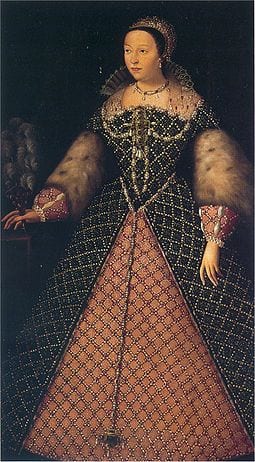
Victorian stage (XIX)
The use of corsets is exaggerated, to the point of causing deaths to those who wore it as a result of the excessive compression of the vital organs and the deformation of the entire body. This garment was synonymous with beauty, eroticism and was the emblem of seduction.
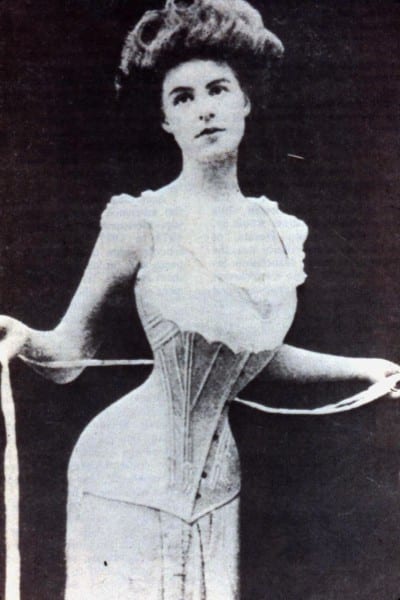
This entry is interesting, although if you accept a merely constructive recommendation, an evolution of the beauty canon cannot be done by omitting classical antiquity (Greece and Rome). There are shortcomings. Despite everything, CONGRATULATIONS FOR YOUR WORK. Greetings from a regular follower of the blog.
A clarification: the published voluptuous women are works by Rubens, a baroque artist; in the Renaissance they would never have placed defects because they were looking for the ideal beauty